How long does the redness at the tip of the nose last after rhinoplasty?
Many people experience redness at the tip of the nose after rhinoplasty and may be concerned about signs of dangerous complications. However, it’s important to remember that redness at the tip of the nose can also be a normal occurrence after undergoing cosmetic surgery. So why does redness occur at the tip of the nose? How long does the redness at the tip of the nose last after rhinoplasty? What are the ways to address it? Let’s explore these questions with Mega Gangnam in the following article.
How long does the redness at the tip of the nose last after rhinoplasty?
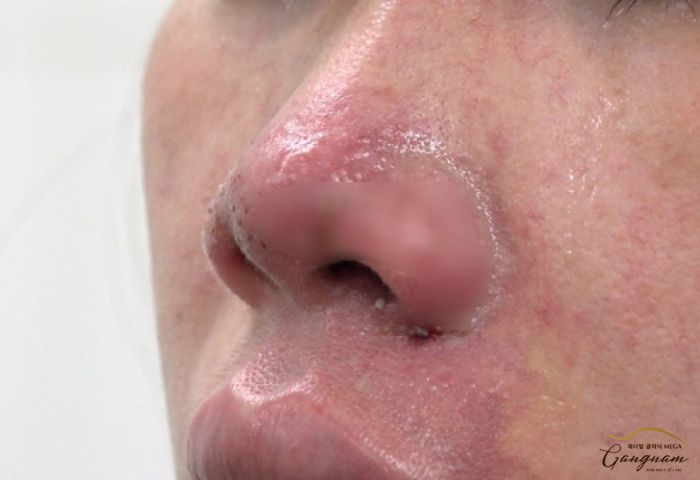
How long does the redness at the tip of the nose last after rhinoplasty?
After rhinoplasty, redness at the tip of the nose is common in the first few days. However, this is usually not a cause for concern, and there is a natural process where the body adapts to the material used in the nose lift.
Within the first two weeks, nasal swelling will gradually decrease, and after about a month, the nasal area will become more stable as the body adapts to the changes in the nose structure. The speed of swelling reduction and redness at the tip of the nose may vary depending on each individual’s physical condition, the surgeon’s technique, the type of cartilage used in the nose lift, and postoperative care.
Therefore, before deciding on a nose lift, you should carefully consider and research the chosen cosmetic facility. After the surgery, it’s crucial to adhere to a proper care and nutrition regimen to aid the healing process and enhance the natural and beautiful outcome of the nose lift.
Why is the nose tip red after rhinoplasty?
The redness at the tip of the nose after rhinoplasty can have various causes, including:
Postoperative Complications
On average, redness and ball-like appearance at the nose tip complications typically arise around 1-2 years after rhinoplasty. In most cases, nose damage is a result of rhinoplasty performed at unreliable beauty centers. In these facilities, rhinoplasty is often carried out without proper consideration of its compatibility with the patient’s facial features, leading to subsequent complications. Additionally, individuals with thin skin on the nose may not have enough coverage to conceal the cartilage used in the nose lift.
Poor-quality and coarse nose lift cartilage material can also contribute to this condition. When these factors combine over time, the skin on the nose may erode, resulting in a red, ball-like appearance at the nose tip and an increased risk of the nose lift cartilage slipping.
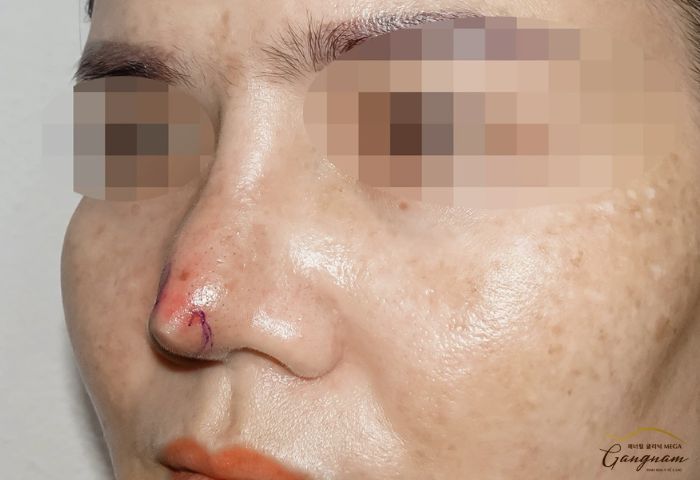
Why is the nose tip red after rhinoplasty?
Red Nose Tip after Rhinoplasty Due to Overly Tightened Skin
The condition of a red nose after cosmetic surgery may be attributed to the skin in the nose area being excessively thin and stretched. Because the delicate skin lacks the strength and sufficient blood supply for nourishment, the body responds by increasing blood flow to the treated nose area.
This phenomenon, a self-adjustment by the body to supply nutrients, is often a common complication after rhinoplasty.
Nose Infection
Immediately after rhinoplasty, a swollen and red nose is a clear indication of infection. Some individuals may experience a red nose immediately after surgery.
It’s worth noting that this phenomenon can occur immediately after surgery or even 10-20 years after rhinoplasty. Symptoms of nasal infection may include swelling, pain, edema, oozing wounds, pus, and even bleeding.
Immediate Postoperative Reaction
With the first-time nose lift, even if it’s a minor surgery, it still requires intervention with a scalpel. Therefore, swelling at the nose tip after rhinoplasty is a completely normal body reaction. The skin at the nose tip hasn’t had a chance to adapt when the nose is lifted rapidly, leading to the phenomenon of a swollen and red nose.
Usually, it takes about 5-7 days after surgery for the nose to begin adapting, and then swelling and redness will gradually decrease over time. However, if the nose remains red and swollen after 1-2 weeks, it’s advisable to consult with a doctor for timely examination and treatment.
What to Do If the Nose is Swollen and Red after Rhinoplasty?
According to Dr. Tran Anh Duc, a specialist in reconstructive surgery, if the nose is swollen and red after rhinoplasty, it is recommended to apply cold compresses for the first 48 hours, followed by warm compresses, maintain a proper diet, practice gentle hygiene, and take prescribed medication as instructed by the doctor.
If the Nose is Only Slightly Red
If you experience a situation where the nose is only slightly red, with mild swelling and negligible pain, you only need to adhere to proper hygiene procedures and follow a reasonable restriction plan. This will help you achieve a beautiful and more confident nose.
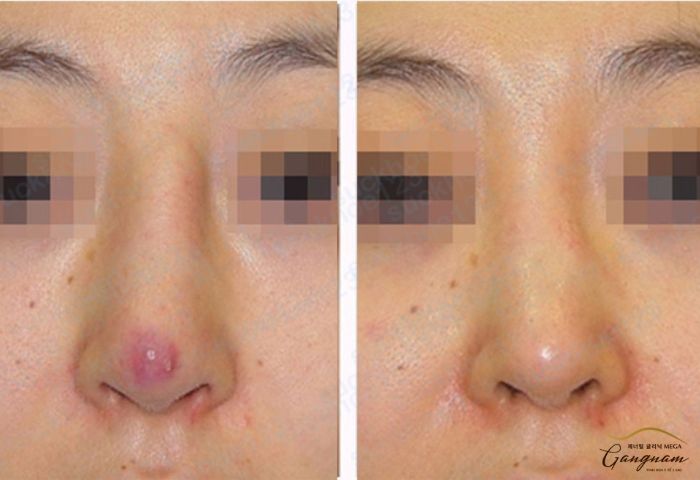
What to Do If the Nose is Swollen and Red after Rhinoplasty?
For Cases of Prolonged Redness
If you are experiencing prolonged and unrelieved redness in the nose, it is advisable to promptly consult a doctor for examination and timely intervention. In such a situation, the doctor may remove the old nasal cartilage and replace it with new cartilage to ensure better quality and adaptability to the body.
The new cartilage must meet essential factors, including adaptability, elasticity, softness, appropriate size, and non-allergenic properties. The doctor may also use autologous cartilage or fat grafts to protect the nose most effectively.
The decision to replace or add cartilage depends on the specific condition of the patient, and the doctor may proceed either immediately after removing the old nasal cartilage or wait for 3 to 6 months after the nose has fully recovered.
- In cases of a tilted nose: The doctor will perform surgery by completely dissecting the nasal tip, nasal bridge, and nasal septum to adjust the misaligned or structurally incorrect cartilage.
- In cases of a pointed nose: The doctor will use autologous and artificial cartilage to cover the nasal tip, and this is the cartilage covering nose lifting method.
- In cases of a tilted nasal bridge and improper nostrils: The doctor will adjust the nasal bridge and nostrils as necessary to correct the nasal structure.
Choosing a Reputable and Safe Rhinoplasty Facility
To avoid potential complications after rhinoplasty and alleviate concerns about the duration of postoperative redness, it is essential to choose a reputable and experienced aesthetic center with a team of professional and skilled doctors.
If the decision to undergo rhinoplasty is solely based on low cost, choosing a low-quality aesthetic center may lead to postoperative complications. This can be avoided by selecting a reputable and high-quality facility.
Mega Gangnam Aesthetic Center, with its extensive experience and leading experts in rhinoplasty, is committed to meeting all the needs of customers in correcting nasal imperfections and delivering the best results. Our center boasts modern facilities and advanced techniques. We take pride in being a trusted and preferred choice for many customers over the years.
With this information, we hope to provide readers with the best answers to questions about how long it takes for rhinoplasty redness to subside. If you have any concerns or a desire to achieve a naturally high nose, contact Mega Gangnam via hotline: 093 770 6666 today!





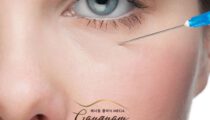
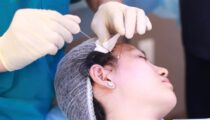

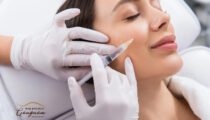



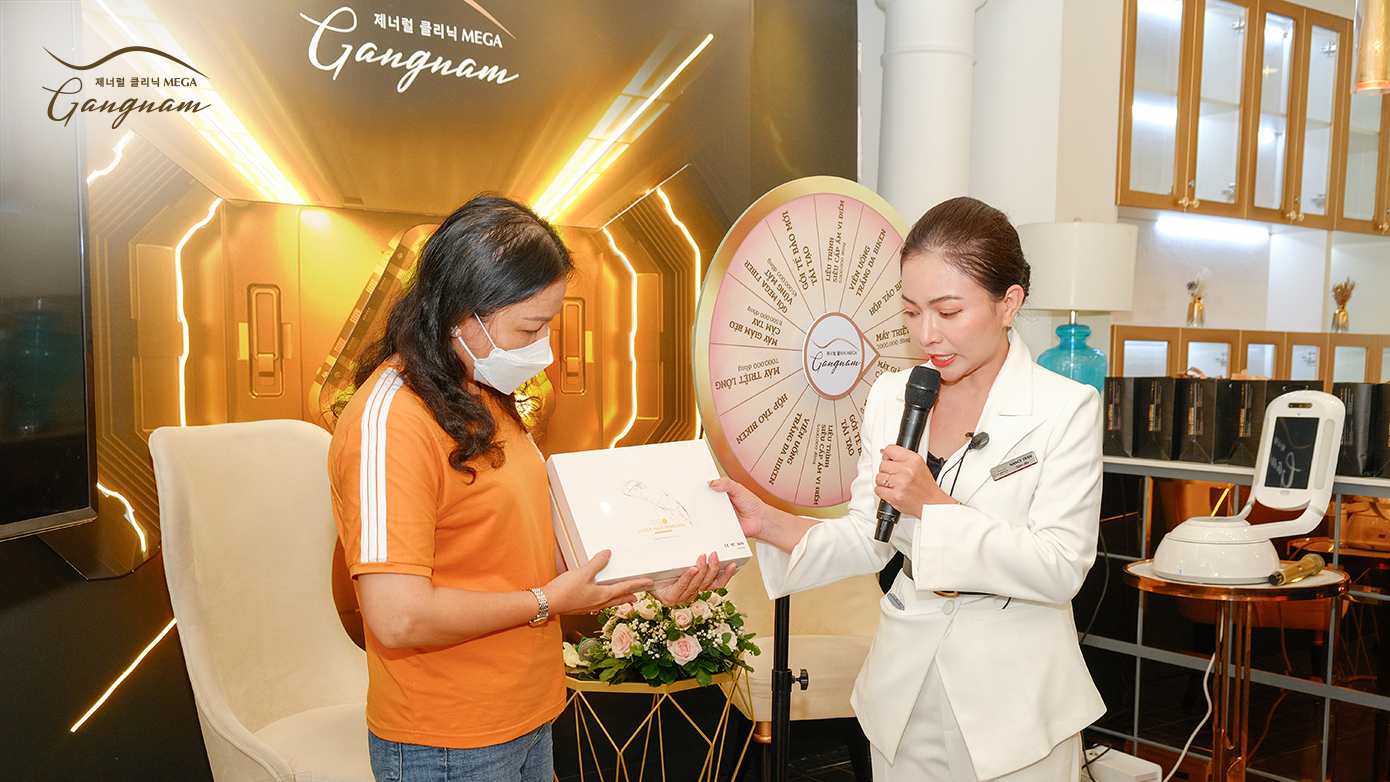

Leave a Reply